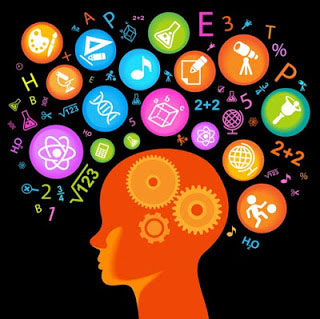Creative people themselves won’t know how creative they are. It is for the others to discover and utilize. Onlookers can identify a creative person from the way in which these people conduct their lives.
The people who exhibit creative behavior have a unique set of qualities, some of which are listed below −
● Challenge Status Quo
● Avoid Assumptions
● Are naturally curious
● Always explore all possibilities
● Have vivid imagination
● Think of the future
● Don’t believe in an ultimate idea
● Never think anything impossible
● Like taking risks
● Can adapt to changing circumstances
● Can connect seemingly disparate events
● Are visual thinkers
● Can identify patterns
● Look beyond the first ‘right idea’
Acquiring Creative Problem Solving Skills
Research has proved that creative problem solving is not just an innate, inborn quality and it can be taught to others. People can be made to think in more creative ways if they start following some basic principles of creativity, which are mentioned below.
Fluency
The ability to keep coming up with creative ideas one after the other. This is developed by organizing creative problem solving sessions during which the participants will be encouraged to provide different ways to use day to day objects like tooth brush, eraser, pens, etc. Once this is over, the same approach can be used with work related themes.
Flexibility
The ability to come up with different ideas, which are not variations of a single idea. Flexibility can be improved in participants by presenting them with a scenario and then keep adding a new condition once a consensus has been reached. It will keep the people on the verge of their thinking as they must come up with different solutions for the changing situations.

Elaboration
The ability to give detailed viewpoints or perspectives of the idea. Elaboration can be enhanced in the candidates by asking them to describe an event or a hobby in detail. Keep asking them and leading them for more details till they say that they cannot add anything more to what they have already said. Furnish some additional information on those events or hobbies to help their recollection and check if they have anything new to add.
Originality
The ability to think about unique and original ideas or improvements in the existing ideas. Originality can be learned following a first come, first serve basis of answering to questions.
For example, as soon as the question “How to use potatoes in cooking?” is asked, the facilitator should start taking questions immediately and keep telling that only 6 more unique answers will be accepted.
Successful Problem Solving
Just as with any process where imagination is involved, creative problem solving also faces major roadblocks of two varieties: Individual and Organizational. Many organizations develop their vision for the future while looking at the past for learning experiences. Because of this approach, they draw their plans about situations and scenarios they have already faced. This does not necessarily prepare them for the challenges of tomorrow as they have already lost their powers of anticipation.
It is this blocking of ideas that prevents the growth of creative problem solving. It is the existence of these blocks that makes the creative problem solving process a difficult one to practice without an initial environment provided for it.
Successful problem solving follows three steps of creative problem solving −
Recognizing the Task Environment
The first step of creative problem solving involves perceiving the events surrounding the problem, then interpreting the events and understanding the nature of the task an individual must participate in, so as to get to the resolution.
Empathizing with the Problem
In this step, the people are supposed to be specific about the goal. They need to finalize what needs to be done in respect to the goal and what actions will expedite achieving the goal. There needs to be a transparent approach to the roots of the problem without jumping into any premature conclusions.
Processing Available Information
This is the most important step because the real creative problem solving is used in problem solving comes to practice here. The available information, along with the information processing style of the problem solver holds great importance here.


